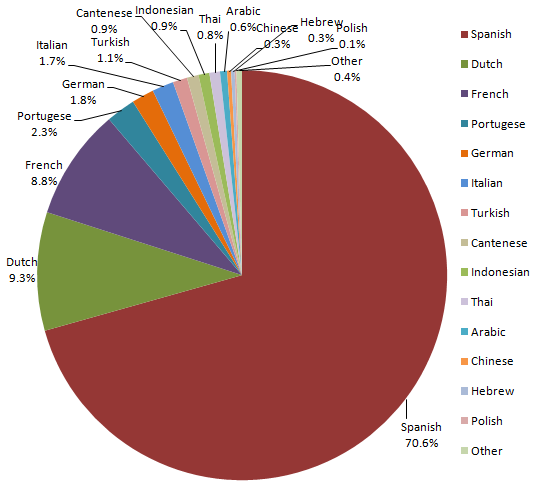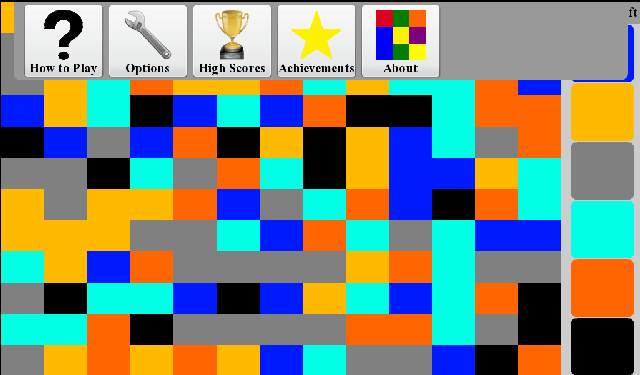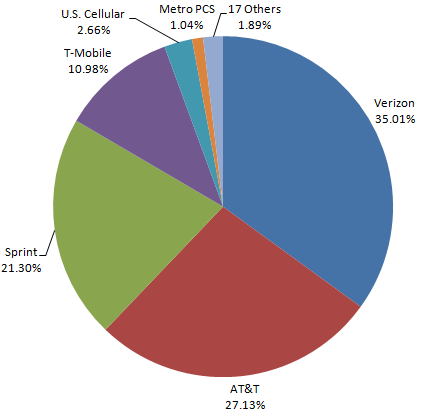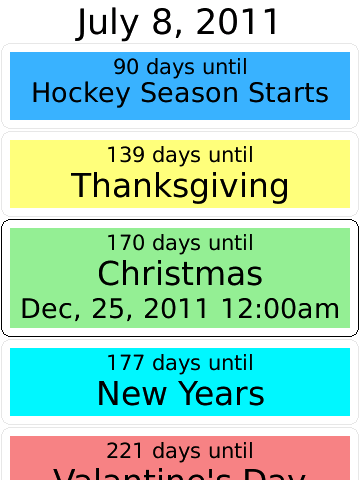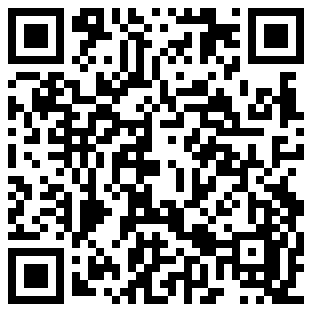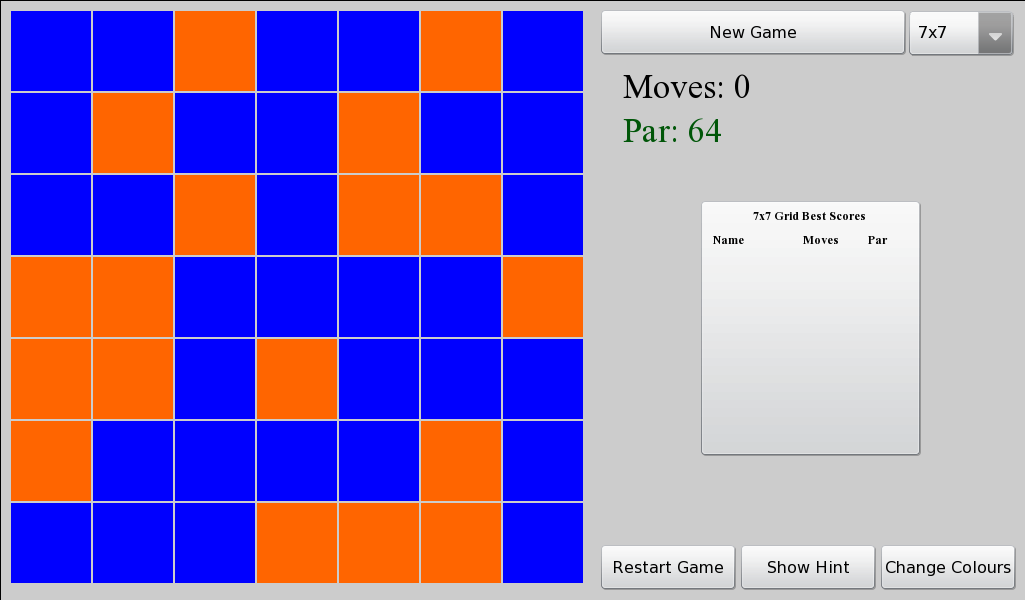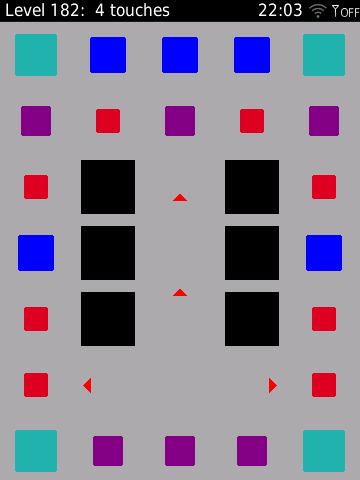 Xploding Boxes has been updated in BlackBerry AppWorld to version 1.6 and now includes 200 levels, as well as support for all of the upcoming BlackBerry 7 devices.
Xploding Boxes has been updated in BlackBerry AppWorld to version 1.6 and now includes 200 levels, as well as support for all of the upcoming BlackBerry 7 devices.
About Xploding Boxes
Xploding Boxes (also known as Exploding Boxes) is a strategy game for BlackBerry where the goal of the game is to start a chain reaction that will explode all of the boxes on the screen. Each level gives you a different number of touches, and requires a different strategy to solve. The first 25 levels are free, while the full 200 levels can be accessed by making an in-application payment and requiring no further downloads.
New in Version 1.6
Version 1.6 brings the total number of levels in Xploding Boxes up to 200, which is twice as many as the original version 1.0 of the application had. This update also allows the game to support all of the new BlackBerry 7 devices that will be released over the next few months including the 9900, 9930, 9810, 9850, 9860, 9350, and 9360.


 For BlackBerry developers (and therefore users) the release of the BBM SDK is a much bigger deal then OS7. While the new operating system cleans up the homescreen, and includes new features based on additional hardware (such as NFC and AR) there is not much added in the new operating system for developers to add to existing apps (with the exception of location based apps).
For BlackBerry developers (and therefore users) the release of the BBM SDK is a much bigger deal then OS7. While the new operating system cleans up the homescreen, and includes new features based on additional hardware (such as NFC and AR) there is not much added in the new operating system for developers to add to existing apps (with the exception of location based apps).
